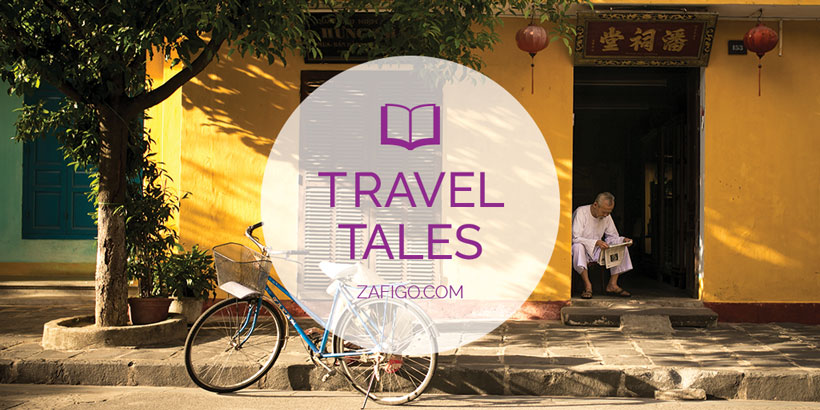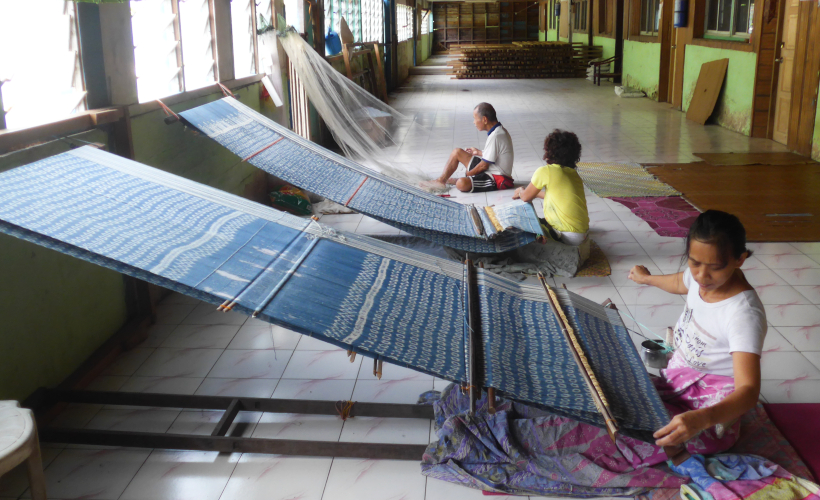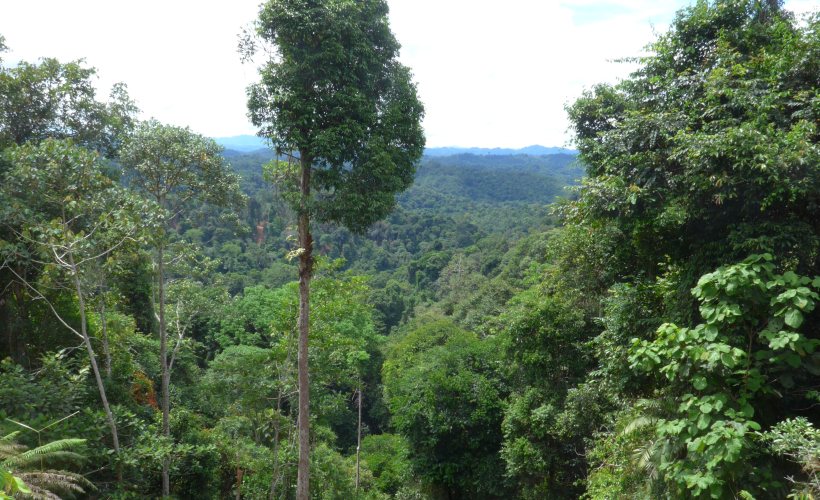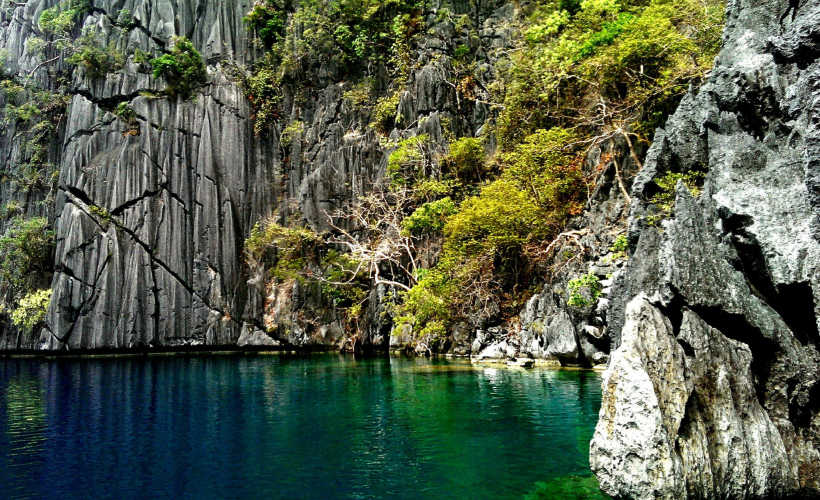The four-wheel drive made its way through an uneven dirt road. It’s an hour into our drive from Kapit town, with the four of us squeezed in the back of a jeep. I clutched my seat whenever the road became bumpier, as we ventured deeper into the forest. It’s the final leg of my journey, and my last stop was to the Rumah Gareh longhouse in the Sarawakian rainforest.
The Rh Gareh Pua Project
As a Malaysian, it’s pretty embarrassing to admit that this was my first trip to East Malaysia. Thankfully, this changed once I was introduced to the Rh Gareh Pua Project. Run by University Malaya lecturer Welyne Jehom, the project works with a community of Iban women weavers at the Rumah Gareh longhouse. The ladies hand-weave a silk ikat fabric known as pua kumbu in the Iban language which means ‘ceremonial blanket’.
The project helps empower Iban women and allows them to sustainably continue their weaving tradition by providing them with a platform to sell their work. Prior to this, the women didn’t have a proper market to sell their weaves, and only received minimal compensation for their hard labour and skill. Through the Rh Gareh Pua Project, they can now work towards transforming their cottage industry into a more developed manufacturing business.
A wild ride
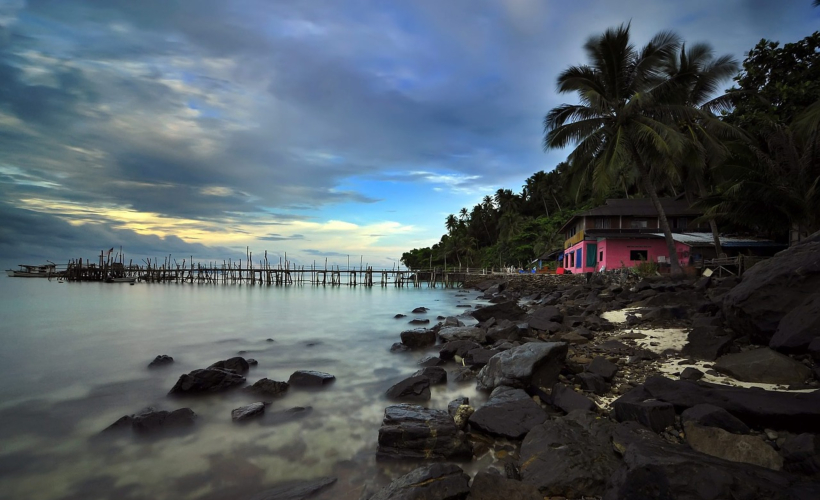
The journey to the longhouse was no easy feat. After a flight to Sibu and an overnight stay at a motel, I took an express boat to Kapit, a ride that lasted roughly 180 minutes. Then, from Kapit town, it’s a two-hour drive to the longhouse. The first part of the drive was fairly uneventful, with nice smooth country roads up until the midway point. Here, the actual road stopped, and logging road began. Halfway into the drive, we were told that there was no more phone signal from here on out.
We reached Rumah Gareh safely, and were greeted by a few members of the longhouse. Rumah Gareh itself is home to a group of independent and self-sustaining families who live alongside each other. The current longhouse has been in place since the early 1980s after moving four times. A lot of longhouse members have moved to nearby towns in search of jobs, but most return home for festive celebrations such as the Gawai festival.
Longhouse life
Life in the longhouse moves at a slow pace, but it’s far from easy. Electricity is powered by a generator and only comes on for a few hours in the evening. There’s also no hot water, though a cold shower is actually a welcome comfort considering the heat, and you can forget about wireless internet connection. Iban is the main language spoken here, but a few people speak a smattering of Bahasa Malaysia, while only one lady can speak English. Iban men and women take on fairly traditional roles. Originally headhunters, the men now work as farmers or hunters, and also weave straw floor mats. Weaving pua kumbu is traditionally a female role and remains so.
As guests, we got our own sleeping quarters and kitchen. I spent my time at the longhouse people-watching, observing the women carefully weaving the puas, going from one step to another with a tie-dye technique that uses natural ingredients. The master weaver at Rumah Gareh is Bangie Anak Embol, who’s exhibited her multi award-winning crafts around the world, and has even earned three UNESCO craft awards.
Aside from people-watching, we occupied our time with strolls along the river and visited a neighbouring longhouse known as Rumah Ensong. We went there by boat – the easiest form of transport. This longhouse specialises in making an iconic straw hat with a pointy shape known as topi tunjang.
What’s so heart-warming about my visit to Sarawak was the kindness of the Iban people who are so welcoming to everyone. Visitors are always made to feel at home. The locals offered us tuak (rice wine), beer, or tea with a side of Marie biscuits that filled me with a sense of nostalgia and took me back to my primary school days.
A delicate art

The pua kumbu is a cornerstone of Iban rituals, and is used for many different purposes, such as decoration, protection, or creating personal boundaries. Pua kumbu is now also made into more commercial, everyday clothing such as jackets and dresses. The origins of Iban weaving practices are mostly unknown as they have no written history, so the art of weaving is passed down orally from generation to generation.
What’s even more impressive is that the weavers don’t sketch out their design motifs prior to weaving. A lot of their inspiration for the motifs come from their dreams. Traditionally, dreams are seen as a form of communication from the gods to the weavers, and a sign that they’re allowed to weave a certain motif. The Rh Gareh Pua Project helps advise the weavers on how to improve their traditional methods and also to make their designs more adaptable for commercial sale
Sweet escape
Being disconnected from the outside world actually turned out to be a short escape from modern living. I fell asleep amidst a symphony of snores, and was awoken by a heavy downpour in the early hours of the morning on the first night of my visit. While river walking, I looked up to see the trees form an orderly green pattern above me as the leaves gently sway in the breeze. I felt a sense of calm here amongst nature.
As a community, the Iban face a lot of pressing issues from the modern world. The threat of deforestation and land grabbing are real, with more and more forest land cleared to make way for logging and palm oil estates. Walking around the longhouse, it was sad to see that though there have been some improvements, there’s still a lot to be done for the community here. I also saw plenty of donated water storage tanks lying around with almost no use.
After three days in the longhouse it was time to say adieu. The weavers saw us off with plenty of hugs and waves. With promises to come back, I got back into the four-wheel drive, ready to face the bumpy road ahead. As we were driving back, I hoped to see a hornbill in the wild, and a short while later my dream became a reality. Flying right above some trees on my right was a hornbill gracefully soaring up above towards the clouds. I took it as a sign.
Sarawak, I will definitely be back.
*All images, unless otherwise stated, are courtesy of author.
Read our last Travel Tale:
Snippets from Tallinn, Estonia
Here’s your chance to get published on Zafigo! We want your most interesting Travel Tales, from memorable adventures to heartwarming encounters, scrumptious local food to surreal experiences, and everything in between.
They can be in any form and length –short stories, top tips, diary entries, even poems and videos. Zafigo is read by women travellers the world over, so your stories will be shared to all corners of the globe.
Email your stories to editor@zafigo.com with the subject line ‘Travel Tales’. Include your profile photo and contact details. Published stories will receive a token sum.

